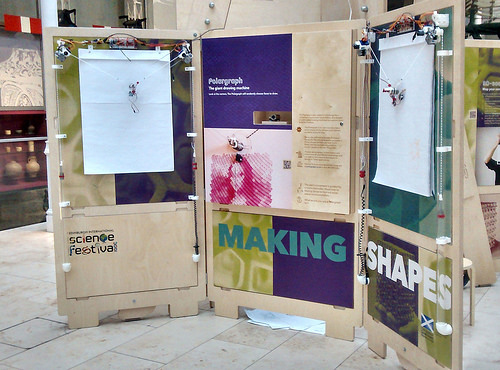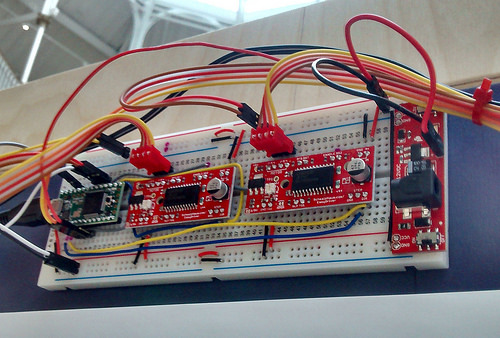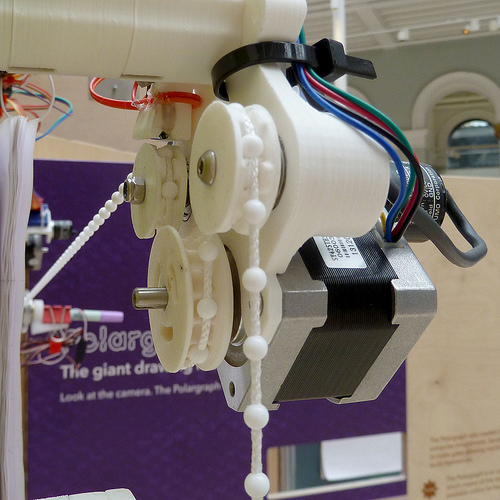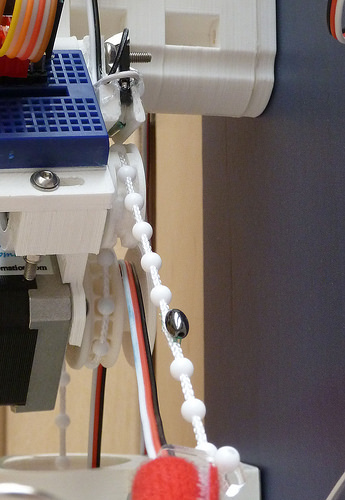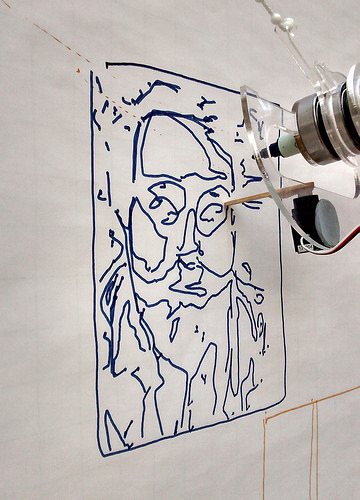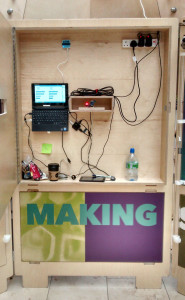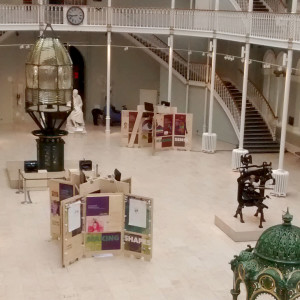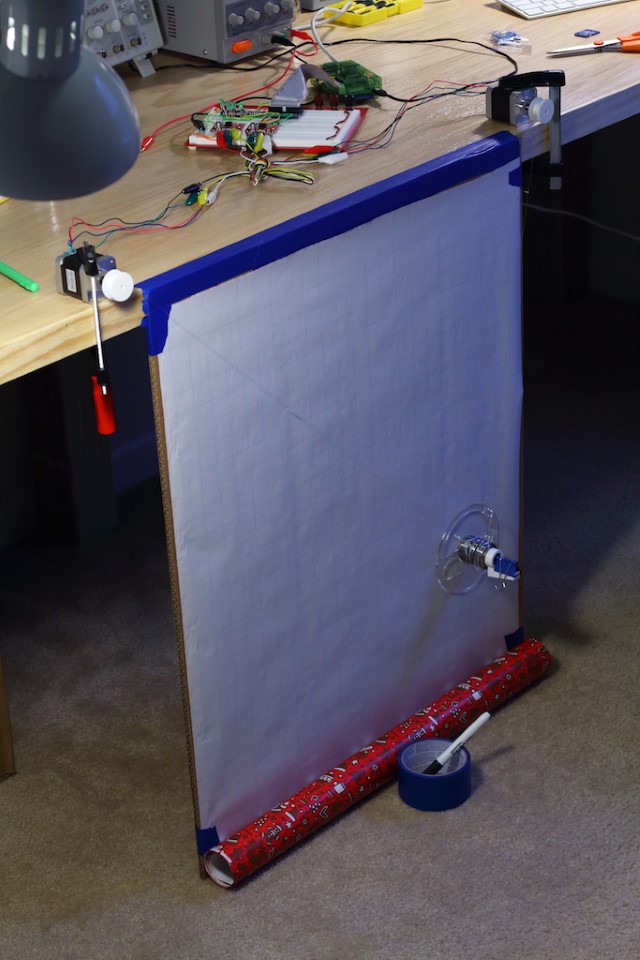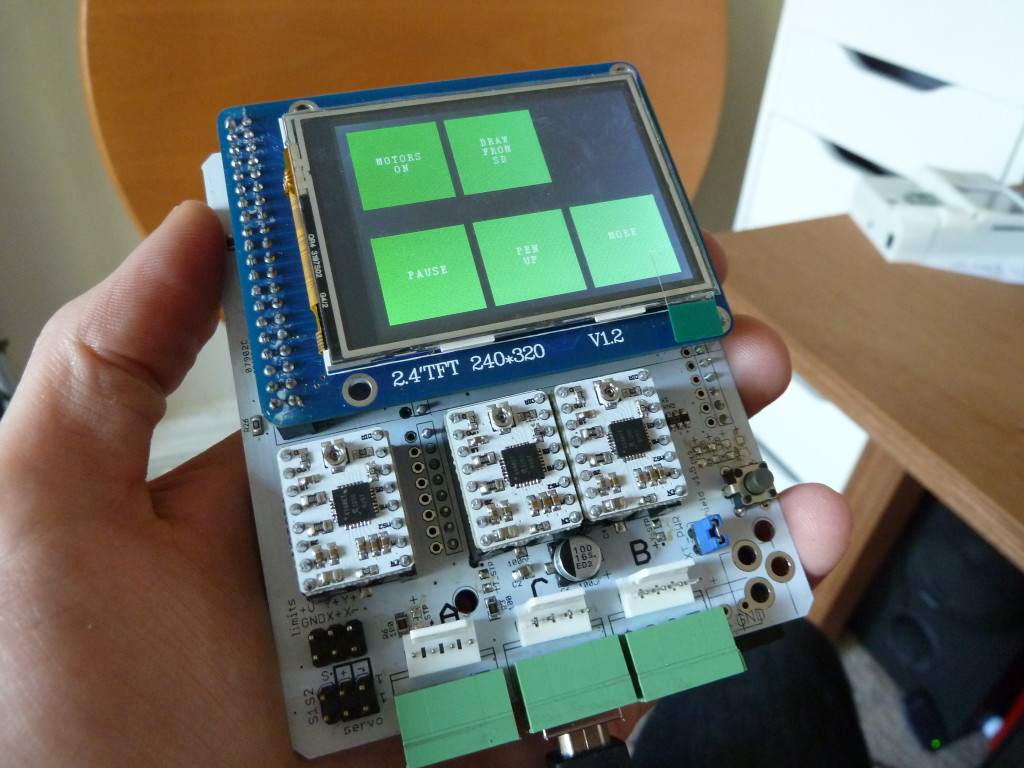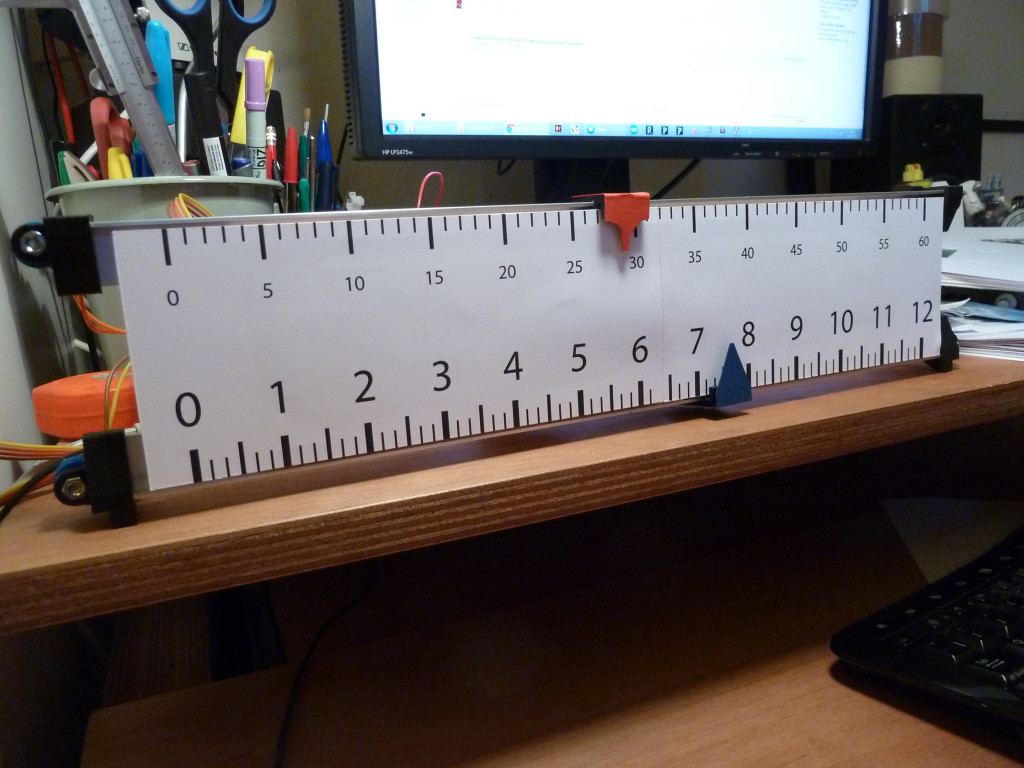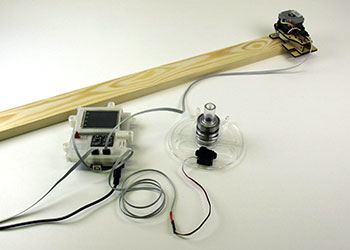Happy New Years Polargraphers!
So I got a recent report from a soul who was impeded by an SD card not reading in his new PolargraphSD machine… And these are cards that I’d supplied along with the kit mind, so you’d expect them to work right?
Well, I did too. I could replicate his issue perfectly – New 4GB Kingston SDHC card (from this giant batch I’d patted myself on the back for getting such a good price on, and so many!…), that shows up during the Polargraph boot sequence as having no usable partition. Oh. Yet try the same card in an older machine kit and it shows up fine. Huh. What’s that, ah the touchscreen (which incorporates the SD reader, and I buy as a discrete unit) is now v1.3 rather than v1.2. Hm. I hadn’t noticed that.
Yet the 4GB cards work fine in everything else I put them in, they read and write and format fine on a computer. So that’s a problem. Luckily for me (and the next couple of orders) I _do_ have some spare 2Gb cards that work fine, so it’ll not slow delivery, and of course I’ll be sending a replacement out to anybody who has got one of these 4Gb cards late in December. That was obviously a goof.
Furthermore, the 4GB card works ok when powered over USB, but not if a higher-voltage supply is connected as well (or instead of). It’s a power supply or signal level issue.
In software, this kind of regression testing is second nature, in hardware, I suppose it should be an even higher priority because the stakes are even higher. In software, unit tests can be rattled out in an afternoon, and can be messed up a hundred times with only a time penalty. In hardware mistakes are expensive, and making up test jigs is another venue for mistakes to occur in.
None of that is an excuse, it’s just a convenient explanation that I’d give to the pointy-haired boss (which in this case .. is myself … that’s frightening). It sounds comically like the same excuses I’d give to bosses in bygone times about why it wasn’t worth doing unit testing in software, ha. Embarrassing.
The devil here, if we must have one, is in the detail lost during the commoditisation, homogenisation of resources and products – On paper, v1.2 and v1.3 of the reader are identical, and the SD cards also are identical. No reason to think they wouldn’t work together.
So, the takeaway is that if you ordered a PolargraphSD and got an SD card that isn’t working in it, and I haven’t already been in touch with you, drop me a line, or buy a replacement 2GB SD card and bill me!
The reason I’m dwelling on these issues of delays and problems so much, is not [just] because I’m a masochist, it’s because I think it might be useful for other folks who are venturing down this same kind of path as I am. Not helpful directly, but I admit I always found the war stories inspiring.


